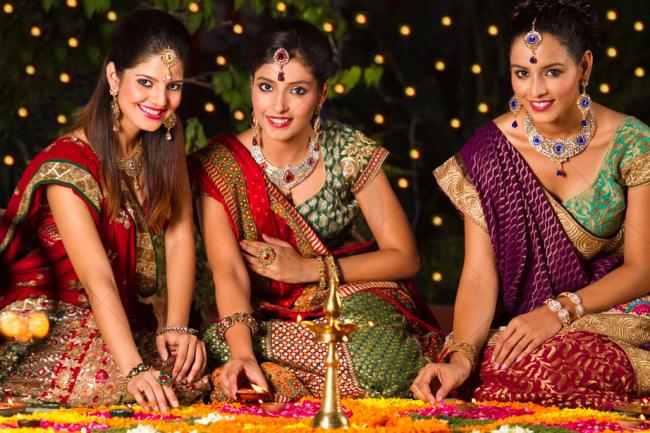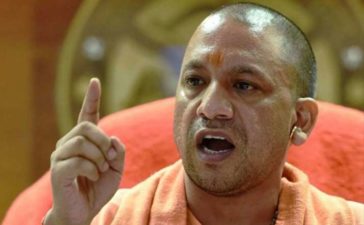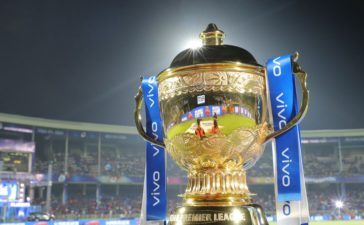New Delhi: Festival of lights Diwali was all about hogging on sweets and delicious food, dressing up in new fancy clothes and being pampered by our elders with so many gifts. Our grandparents used to tell us stories about how Lord Ram returned to Ayodhya along with Sita after defeating Raavan. Once we move away from home and grow older we miss all these little things.
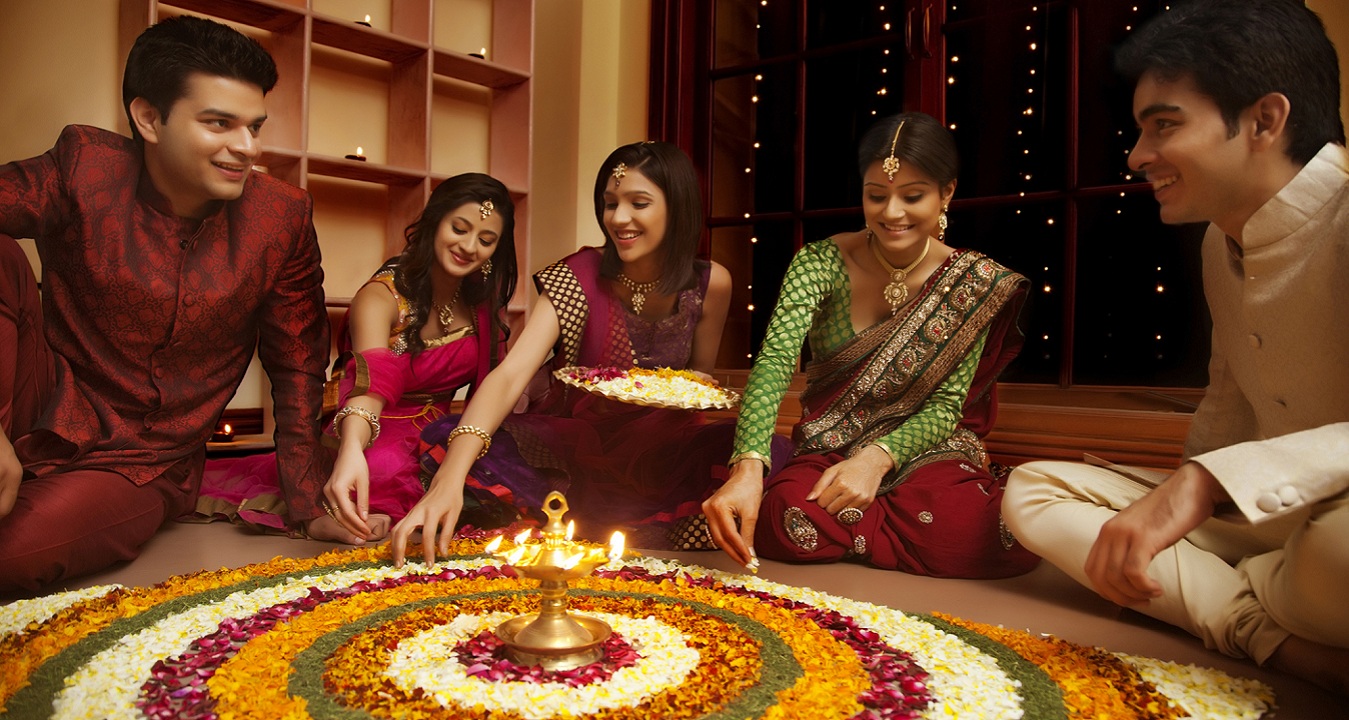
Diwali comes with its mythological significance. And today, we bring to you the significance of the five-day festival:
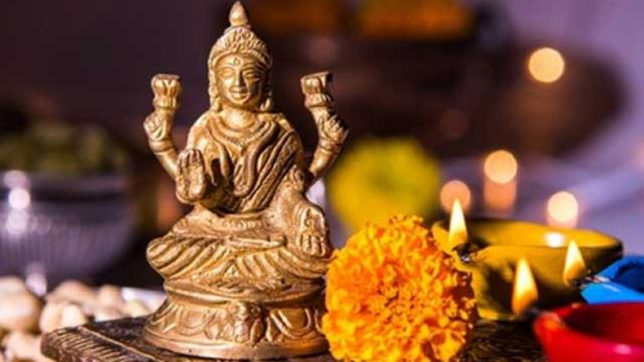
* Day 1 is celebrated as Dhanteras: Dhanteras marks the beginning of the five day festival of Diwali, it is also known as Dhanvantari Trayodashi. In Eastern India, this day is celebrated as Kali Puja and Dipanwita Lakshmi Puja. It is celebrated on the 13th day from the dark lunar fortnight (Krishna Paksha) according to the Hindu calendar in the month of Karthik. The Goddess of Ayurveda, Dhanvantari is worshipped on the day of Dhanteras. It is believed that Dhanvantari (teacher of all physicians) had appeared with knowledge of Ayurveda on this day. Thus, it is a celebrated as the day when Ayurveda was introduced to mankind. According to Hindu mythology, purchasing precious metal on the day of Dhanteras is considered as a symbol of prosperity and good luck. Lakshmi Puja is conducted in the evening and small clay diyas are lit to drive away any evil force. The business community celebrates Dhanteras as it is believed that Goddess Lakshmi will bring wealth and growth to the business.
Know reason that why festival of light Diwali is celebrated for five days?:
* Day 2 is celebrated as Chhoti Diwali: The 14th day from the lunar fortnight (Krishna Paksha), according to the Hindu calendar in the month of Karthik, is celebrated as Choti Diwali. In other parts of the country, it is celebrated as Kali Chaudas, Roop Chaudas or Naraka Nivaran Chaturdashi. It is observed as the day when Lord Krishna, Goddess Kali and Satyabhama marked their victory over the evil Narakasur. Narakasur, son of Mother Earth forcefully ruled several kingdoms. He wanted to rule Heaven, thus he challenged Lord Indra for a battle. Lord Indra went straight to Lord Vishnu to seek his help. He promised to help him, incarnated as Lord Krishna. Narkasur was blessed by Lord Brahma, that he would only die when a woman kills him. Therefore, Lord Krishna planned a conspiracy to kill Narkasur. He rode the Garuda as Saarthi and his wife Satyabhama attacked and killed Narkasur. In Kolkata and part of West Bengal, it is celebrated as Kali Chaudas, whereas in South India this festival is celebrated during the day. People wake up early in the morning to have a holy bath using ‘Ubtan’. After their bath, they apply a mixture of kumkum and oil on the forehead and then proceed to the temple for puja.
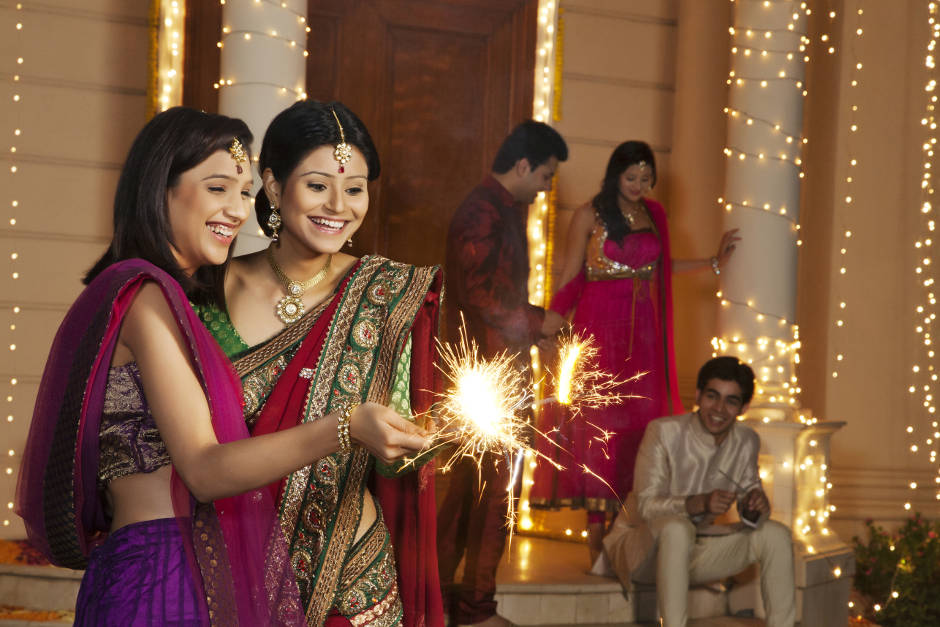
* Day 3 is celebrated as Lakshmi Pooja or Diwali: The 15th day of Krishna Paksha in the month of Karthik according to the Hindu calendar is celebrated as Diwali in India. It is the most important festival for Hindus. Every year the date of this festival is calculated according to the lunar calendar. This year Diwali will be celebrated on November 7. Diwali is celebrated in honour of Hindu Goddess of wealth and prosperity, Lakshmi. It also marks the return of Lord Ram and Sita after completing their fourteen years in exile (Vanvas).
The festival signifies the victory of light over darkness. People decorate their homes with diyas. Jains celebrate it as the festival of lights to mark the attainment of moksha by Lord Mahavira. In the Punjabi community, it is celebrated to mark the release of their guru, Guru Hargobind Sahib ji, who was captured by Mughal emperor Jahangir. People clean their houses, bring sweets, decorate the house with lights, flowers and diyas. Everyone buys new clothes to wear and exchange gifts. In business, new accounting year is started and farmers end the harvest season.
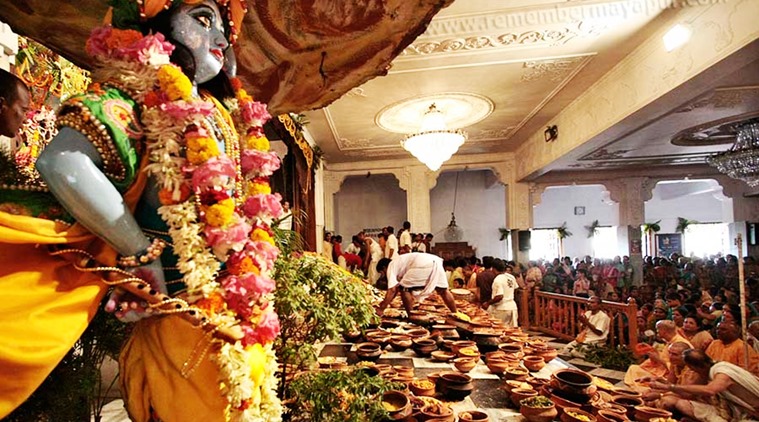
* Day 4 is celebrated as Govardhan Puja: The fourth day of Diwali is celebrated in different ways all across India. In the north, this day is widely celebrated as Govardhan puja and Vishwakarma puja. In Gujarat, it is celebrated with great pomp and show as Bestu Baras, which marks the beginning of their new year. In Maharashtra, this day is celebrated as Bali Padva and in some parts of India, it is called Anakaut. According to religious Hindu text, Govardhan puja is conducted during Pratipada Tithi of Karthik month. On this day, food made from cereals like wheat, rice, leafy vegetables, curry made of gram flour and sweets are offered to Lord Krishna. Diwali also marks the day when Lord Krishna defeated Lord Indra. People of Gokul worshipped Lord Indra for rains as they believed that he was responsible for causing rain. Lord Krishna told them that is was Mount Govardhan, a small hillock situated at Braj near Mathura which was responsible to cause rain, not Lord Indra. This incident made Lord Indra angry, resulting in heavy rains. Lord Krishna came forward to rescue everyone, he offered prayers to Mount Govardhan. He lifted the mountain as an umbrella on his little finger. From that day Lord Krishna is also known as Govardhandhari.
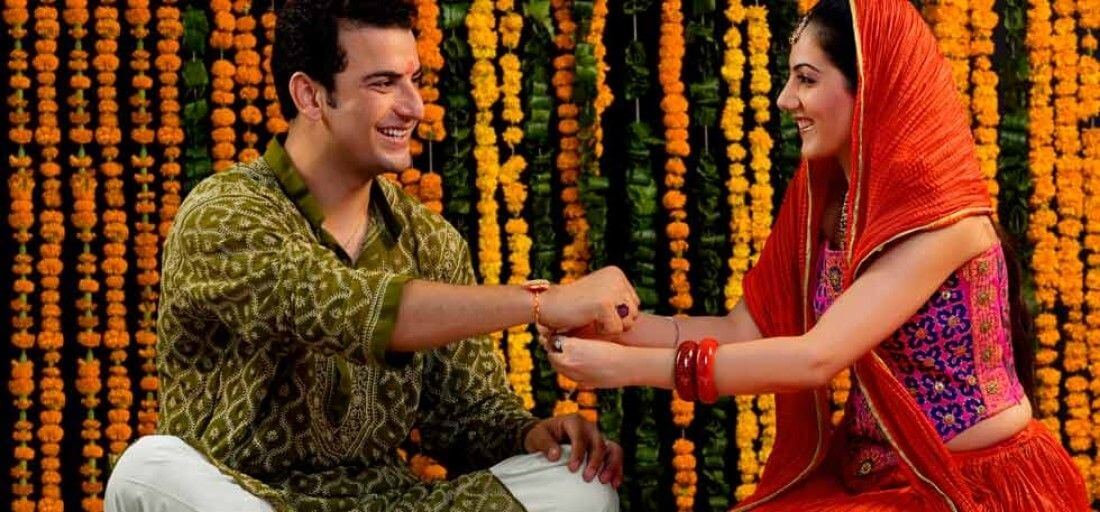
* Day 5 is celebrated as Bhai Dooj: Bhai Dooj is celebrated on the last day of Diwali. It is marked as the celebration of the bond and love between brother-sister. The relationship is very special. They love and protect each other. On this day sisters invite brothers to their home and prepare special dishes for them. They also pray to God for their brother’s long life and good health. On the second lunar day of the Shukla Paksha (bright fortnight) of the Kartika month of Hindu calendar, Bhaiya Dooj/Bhai Dooj, Bhau-Beej/Bhai Phonta is celebrated in India and Nepal. In southern parts of India, it is celebrated as Yama Dwitiya. There are several stories that are believed according to Hindu mythology. One of them marks the return of Lord Krishna to visit his sister Subhadra after killing the demon Narkasur. Subhadra welcomed him with special flowers and sweets. Another story is that of Yama, the Lord of Death and his sister Yamuna. It is believed that he met his sister on the second day of the new moon. Thus, it is celebrated as Yamadwitheya or Yamadvitiya in some parts of the country.


